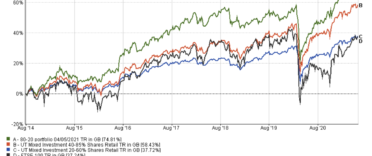2022 has been a tough year for investors to navigate as bond and equity markets have tumbled globally. Given that both assets are often the full extent of portfolio diversification for many investors and fund managers, they have struggled in 2022 and the latter group in particular has struggled to add value. Perhaps against this backdrop we could reasonably expect active funds (those with a fund manager making investment decisions) to outperform their passive peers. By definition passive funds such as trackers will keep tracking their designated index or indices into oblivion if markets implode. But surely active fund managers have been able to be more selective in their approach, to the benefit of their investors?
To answer this question I analysed the performance of funds across 9 asset types which also coincide with 9 similarly named IMA unit trust sectors. These assets were:
- Emerging Market Equities
- European Equities
- Global Equities
- Japanese Equities
- North American Equities
- Sterling Corporate Bond
- UK Equities
- UK Gilts
- UK Index Linked Gilts
I analysed over 1,300 unit trusts and split them into those funds that are actively managed and those that are passively managed before calculating the average year to date performance for active and passive funds within each asset class.
Full article available exclusively to 80-20 Investor members.
To read the complete article, sign up for a free trial or log in below.
Start a free trial Already have an account? Log in



